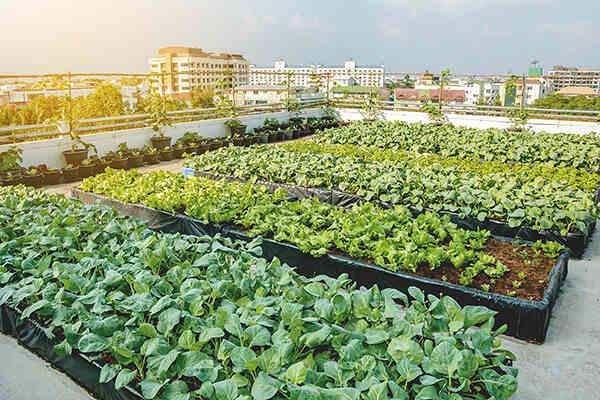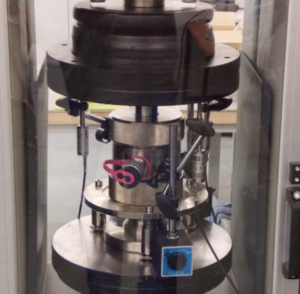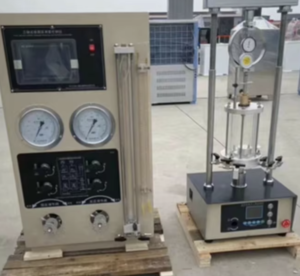What’s the Impact of AI-Powered Soil Moisture Testing in Mitigating Climate-Related Environmental Risks?
As climate change brings more unpredictable droughts, floods, and extreme weather, the need for real-time, accurate, and predictive soil moisture data has never been greater. Artificial Intelligence (AI)1 is stepping in to fill this critical gap—revolutionizing how we measure, interpret, and act upon soil moisture conditions2. With AI-powered testing, land managers and policymakers can make faster, smarter, and more climate-resilient decisions that help mitigate environmental risks3 on both local and global scales.
AI-Driven Precision in Measuring and Predicting Soil Moisture
Traditional soil moisture testing methods rely on point measurements, often missing spatial or temporal variation. AI-enhanced systems combine sensor data, satellite imagery, weather patterns, and machine learning models4 to offer high-resolution, predictive insights.
Key Features of AI-Based Soil Moisture Monitoring:
- Data Fusion5: Integrates information from ground sensors, remote sensing, and historical climate records.
- Machine Learning Models6: Train on patterns of soil texture, topography, and weather to predict moisture levels.
- Continuous Learning: AI algorithms improve accuracy over time with more data input.
Comparative Table: Traditional vs. AI-Powered Moisture Testing
| Aspect | Traditional Method | AI-Powered System |
|---|---|---|
| Coverage Area | Localized (manual probes) | Regional to global (via satellite) |
| Data Frequency | Intermittent | Real-time |
| Predictive Capability | Limited | Strong (hours to weeks ahead) |
| Integration with Planning | Manual interpretation | Automatic alerts and modeling |
With AI, soil moisture testing becomes a proactive tool, not just a reactive measurement.

Linking AI-Generated Soil Moisture Data to Climate-Adapted Land Management
The power of AI-generated moisture maps lies in their application to land-use planning and conservation. Real-time data can guide decisions such as:
- Irrigation scheduling
- Crop selection based on water availability
- Designing buffer zones to retain water
- Adjusting grazing intensity in rangelands
Use Case: Smart Irrigation in Semi-Arid Zones
| Parameter | Without AI | With AI Prediction |
|---|---|---|
| Irrigation frequency | Fixed intervals | Moisture-triggered |
| Water usage per acre | 8,000 liters/week | 5,000 liters/week |
| Crop yield | 2.8 tons/ha | 3.4 tons/ha |
AI transforms soil moisture data into climate-resilient land management strategies, minimizing stress on ecosystems and maximizing productivity.

Using AI-Analyzed Soil Moisture Tests to Prevent Droughts and Floods
Soil moisture isn’t just an agricultural issue—it’s a core factor in hydrological disasters. By detecting anomalous moisture trends early, AI can help forecast:
- Impending drought conditions when moisture drops below critical thresholds.
- Flood risks when soils approach saturation and can no longer absorb rainfall.
- Landslide potential in saturated slopes with unstable geotechnical conditions.
Predictive Modeling Outcomes:
| Environmental Event | AI Alert Criteria | Early Action Enabled |
|---|---|---|
| Drought | 20-day downward moisture trend | Water rationing, drought-resistant crops |
| Flood | Soil moisture > 95% saturation + rain forecast | Drainage prep, urban alert systems |
| Landslide | High moisture + slope angle > 20° | Evacuation or reinforcement alerts |
AI enables a shift from damage control to disaster prevention, saving ecosystems, infrastructure, and lives.

Challenges and Solutions in Implementing AI for Soil Moisture-Based Environmental Protection
Despite its promise, integrating AI into environmental soil monitoring presents real challenges:
Key Barriers:
- Data Gaps in remote or under-monitored regions.
- Model Bias from training on incomplete or localized data.
- Infrastructure Limitations in low-resource settings.
- Technical Skill Gaps among end users.
Solutions:
| Challenge | Solution |
|---|---|
| Sparse Sensor Networks | Use satellite + AI interpolation models |
| Model Inaccuracy | Continuous retraining with new localized datasets |
| Limited Connectivity | Deploy solar-powered edge devices with offline capacity |
| Lack of Training | Partner with NGOs for local technician upskilling |
When addressed strategically, these hurdles can be overcome, making AI a scalable solution for global soil and water conservation.

Conclusion
AI-powered soil moisture testing is reshaping how we respond to climate-related environmental risks. By offering real-time precision, predictive insights, and decision-ready outputs7, AI enables land managers, farmers, and conservationists to act proactively and sustainably8. As this technology becomes more accessible, it will play a vital role in climate resilience, food security, and ecosystem preservation9.
-
Explore how AI is transforming environmental monitoring and decision-making, providing innovative solutions to climate challenges. ↩
-
Learn about cutting-edge technologies that enhance our understanding and management of soil moisture, crucial for agriculture and climate resilience. ↩
-
Discover proven strategies and practices that can help reduce environmental risks, ensuring a sustainable future in the face of climate change. ↩
-
Explore how these technologies revolutionize agriculture by providing precise moisture insights and improving crop yields. ↩
-
Learn about Data Fusion’s role in enhancing soil moisture accuracy and its impact on agricultural practices. ↩
-
Discover how Machine Learning Models can transform soil moisture prediction and optimize resource management in farming. ↩
-
Explore how these AI capabilities enhance agricultural practices and decision-making for better outcomes. ↩
-
Learn about proactive and sustainable resource management strategies that benefit both the environment and society. ↩
-
Discover the critical role AI plays in ensuring sustainable practices for our planet’s future. ↩







